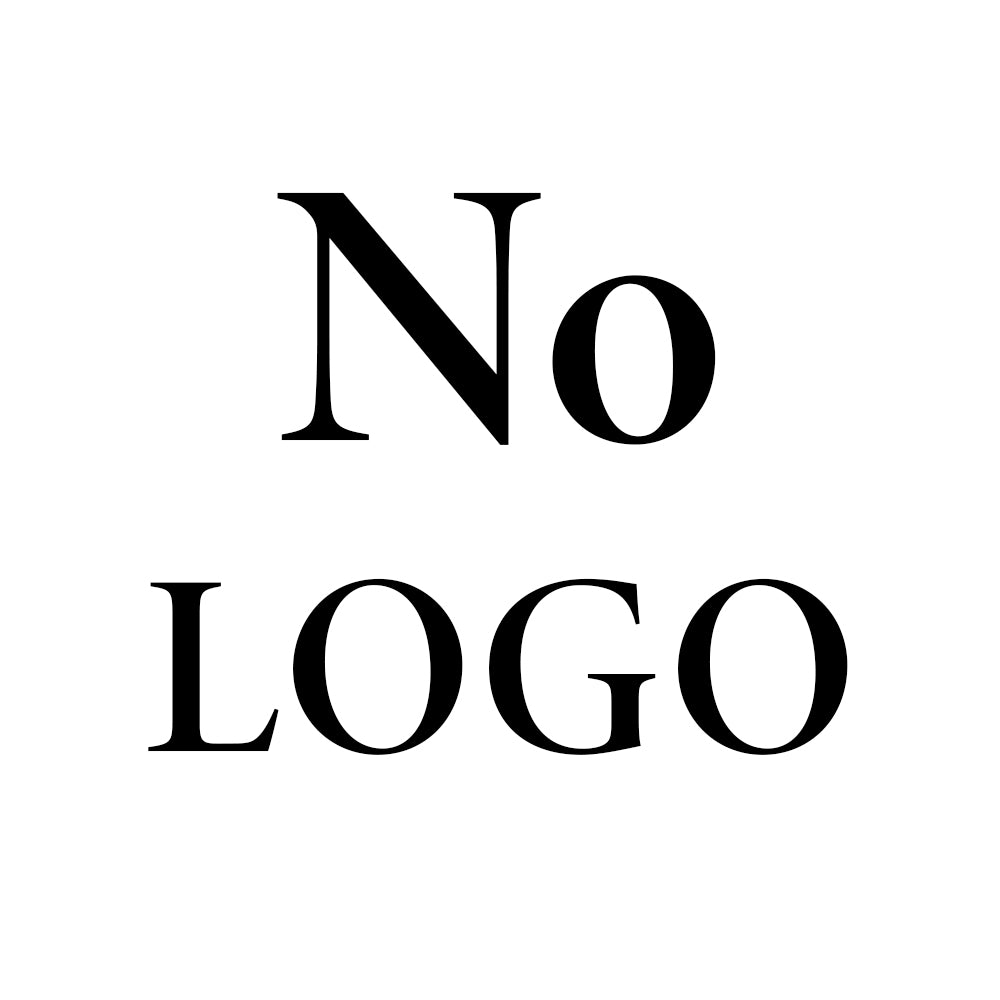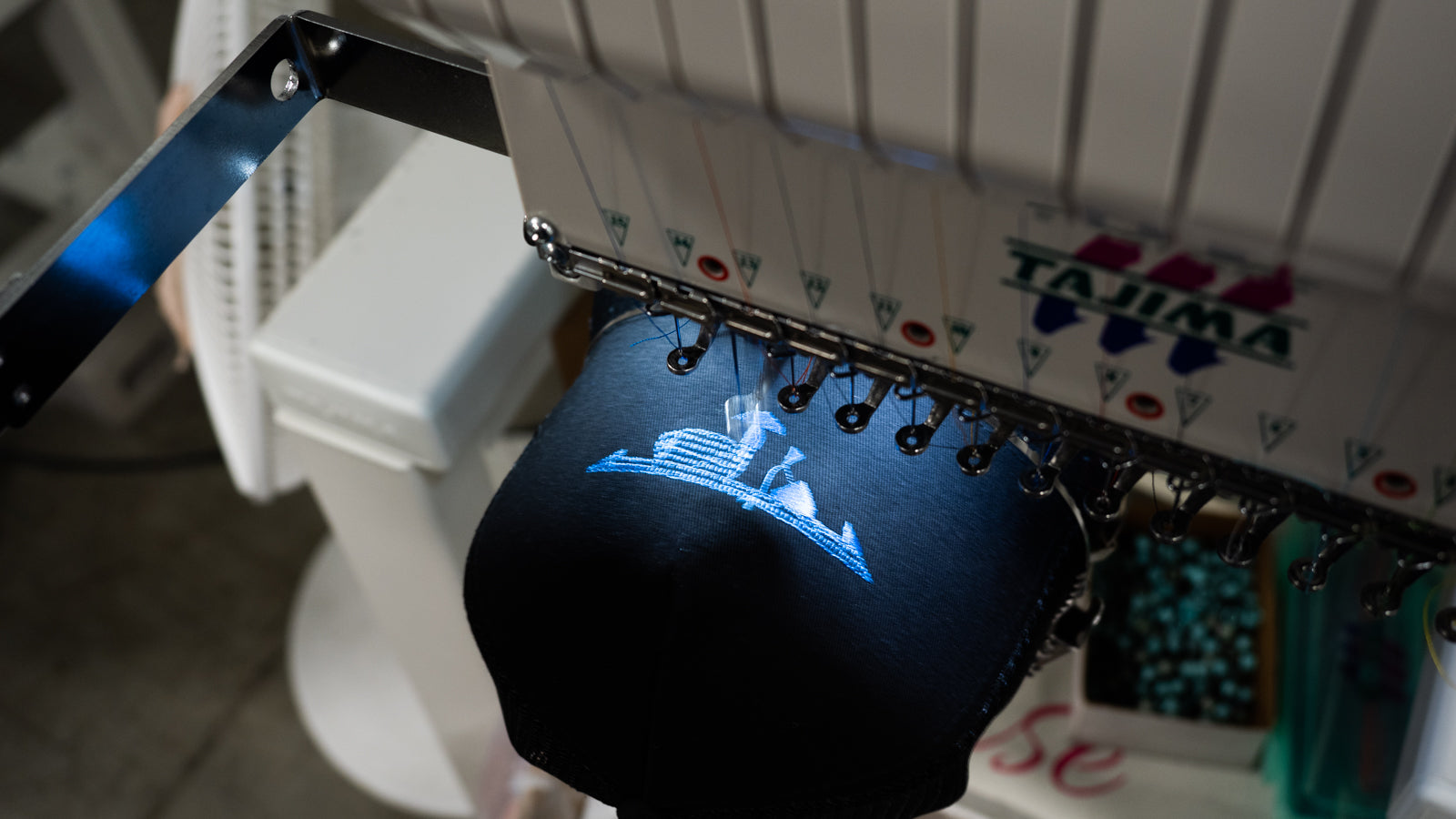Are you looking to give your uniform or apparel a customized and professional touch? If so, adding your own logo or design to the apparel can go a long way towards giving it a polished look that will last.
When going about adding a design to fabric or clothing, there are two routes you can choose from — embroidery and screen printing. There are benefits to each of these methods, and the more you know about them, the more confident you can be in your decision.
What Is Embroidery?
In the simplest of terms possible, embroidery is the art of using a needle to create decorative designs on fabric using thread and different kinds of stitches. It’s most commonly practiced on pieces of clothing, but it’s also found on artwork, home goods and much more.
To say that embroidery has been around throughout all of human history would not be hyperbole. Evidence of the art form has been traced all the way back towards ancient Greek mythology. Its use started off more practically (it was often used to repair clothing), but as time went on, more people started to use it for artistic expression. Today, you can find embroidery everywhere you look — ranging from major clothing corporations to bored hobbyists looking for something to do while the television plays in the background.
How does it work?
Obviously, embroidery has come a long way since those fabled ancient Greek days. These days, most embroidery work is done with high-tech machinery and computers, which makes the entire process run as effectively and efficiently as possible. There are a few different embroidery machine types that specialize in different types of stitching patterns — for example, Thread Logic uses a direct embroidery process.
- A design is scanned and loaded onto a computer.
- A frame is pressed around the imprint area and fabric is placed underneath the needle on the machine.
- A mechanized needle rapidly stitches across the material. Each thread color is stitched individually until the full design is completed.
- Excess thread is snipped off by a technician, leaving a raised and textured look for the design.
What Is Screen Printing?
Screen printing (also known as silk screening) is the process of using thick inks to print graphics on top of fabrics (usually shirts). It’s a method that’s often used with a combination of chemicals and ink, meaning that it’s advised that it’s done by a professional.
- The desired design is finalized.
- The screen is prepared by being stretched out and secured with a wooden frame. It is then covered with a layer of emulsion, which will keep the ink from seeping through.
- The color palette is mixed and finalized in the screen printing machine.
- The shirt/fabric is stretched across a board. Once the screen is lowered above the shirt, the custom ink mixture is poured and a squeegee rapidly moves back and forth to spread the ink across the shirt. As the shirt soaks up the ink, the design begins to appear.
- Depending on how many colors are required, the shirt will go through this process a few different times until the design is completed.
- The shirt goes through a dryer so that the colors don’t bleed.
Benefits of Embroidery
There are several benefits to using embroidery for your logo design.
Embroidery Cost
Unless you plan on producing a large quantity of shirts or creating a massive, multi-colored design on the shirt, embroidery is often a more cost-effective option for your logo — especially when you go with Thread Logic.

One of the unique benefits to going with Thread Logic is that there are no minimum orders on stitch count. A logo’s stitch count is the amount of stitches it takes to complete the design. Many embroidery shops price their work by the stitch count of the project. Complex logos are made up of a lot of stitches, which means that these shops can charge you more for your project.
However, Thread Logic prices our services using flat rates. We don’t price based off of stitch counts or the amount of time that it takes to create each logo. This way, you can go into your order feeling confident in the pricing that you’ll be receiving. Also, Thread Logic offers discounts when you order products in quantities, which means that you can dress up a team or a group without breaking the bank.
Longevity and Durability
When it comes to picking a durable logo design, there isn’t even a question — embroidery is almost always the more durable option. Screen printing does look good — initially — but time does it no favors. After multiple wears and washes, a screen printed design begins to fade and the printing can even begin to peel off the shirt.
In terms of longevity, embroidery is the more favorable option. Stitching is embedded within the shirt, while screen printing is placed on the top of the shirt. Because of this, the logo acts as if it is a part of the shirt, and it will stay as safe as the shirt does.
Apparel
When it comes to deciding embroidery vs. screen printing, material matters. Embroidery works best on fabrics that have a tight weave, such as cotton, silk, linen and wool. The embroidery process requires the fabric to be stitched within, and because of that, it’s important to choose a sturdy fabric that won’t fray easily.
Polo shirts are one of the most popular shirts for embroidered patterns for this very reason. Polo shirts are comfortable, stylish and versatile — making them an ideal fit for a workplace setting. Once you add your own embroidered logo to the shirt, it transforms it into a stylish uniform that any employee or person could proudly wear.

Turnaround Time
Are you in a time crunch and need your apparel sooner rather than later? If so, embroidery is the way to go. Now that the entire process is done using the help of computers and advanced technology, an embroidery pattern can be done at remarkably rapid paces, which means that you can get your products much sooner. It’s a quicker process than screen printing due to the fact that the designs are often smaller, there is no need to mix colors together and there’s no need to dry the design after completion. When you go with embroidery, the most time-consuming part of the process is finalizing your design.
Benefits of Screen Printing
However, all of that is not to say that there aren’t benefits to using screen printing for your apparel.
Large Patterns
If your design is a larger one, then you probably want to go with screen printing. Screen printing makes it easier to cover large portions of fabric, which opens up new creative possibilities for you and your business/group. This is why screen printing is a more popular option for graphic tees or for the designs on the back of shirts — it provides a better look for larger designs.
Fabric Types
It’s also important to take a look at your fabric type when debating screen printing vs. embroidery. Are you using a light, thin fabric, such as a t-shirt or sweatshirt? If so, the embroidery process may be a bit rough on the fabric, which would make for a less-than-ideal result. If you want to put your design on a thinner fabric, then you will have better luck with screen printing.
Which Should You Choose?
Deciding between embroidery vs. screen printing all comes down to the different variables facing you and your team. Take a look at the following variables and make a decision based on these:
- Cost: Thread Logic charges a flat rate compared to stitch counts — you’ll more often than not get a better rate when you embroider. Screen printing cost often goes up when you use multiple colors in your design — this isn’t the case with embroidery.
- Fabric Type: Is the apparel thin and light or thick and sturdy? If it’s thick and sturdy, you want to go with embroidery — if it’s light, you’ll prefer screen printing.
- Quality: Embroidery logos have a crisp and clean look and will last far longer than silk screen logos.
- Design: Is your design large? If so, you are better off with screen printing. However, if you just want a nice logo with nothing fancy, then you’ll want to go with embroidery.
- Turnaround Time: Thanks to modern technology, the embroidery process goes much quicker than the screen printing process.
There is a lot to consider when planning the design of your apparel. Once you’ve taken in all of these considerations, you can rest assured that you’ll be getting the best design possible for your apparel. Have you decided that embroidery is right for you? If so, start looking at all the apparel options available to you through Thread Logic today!


